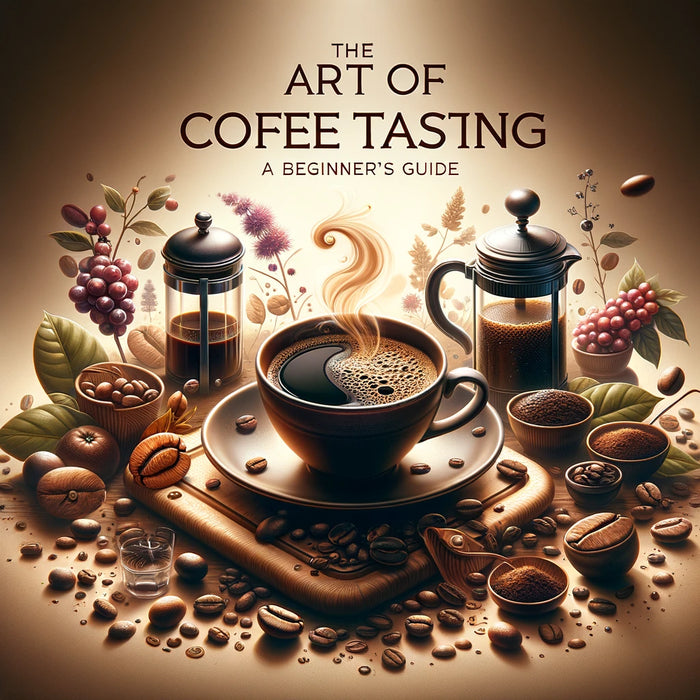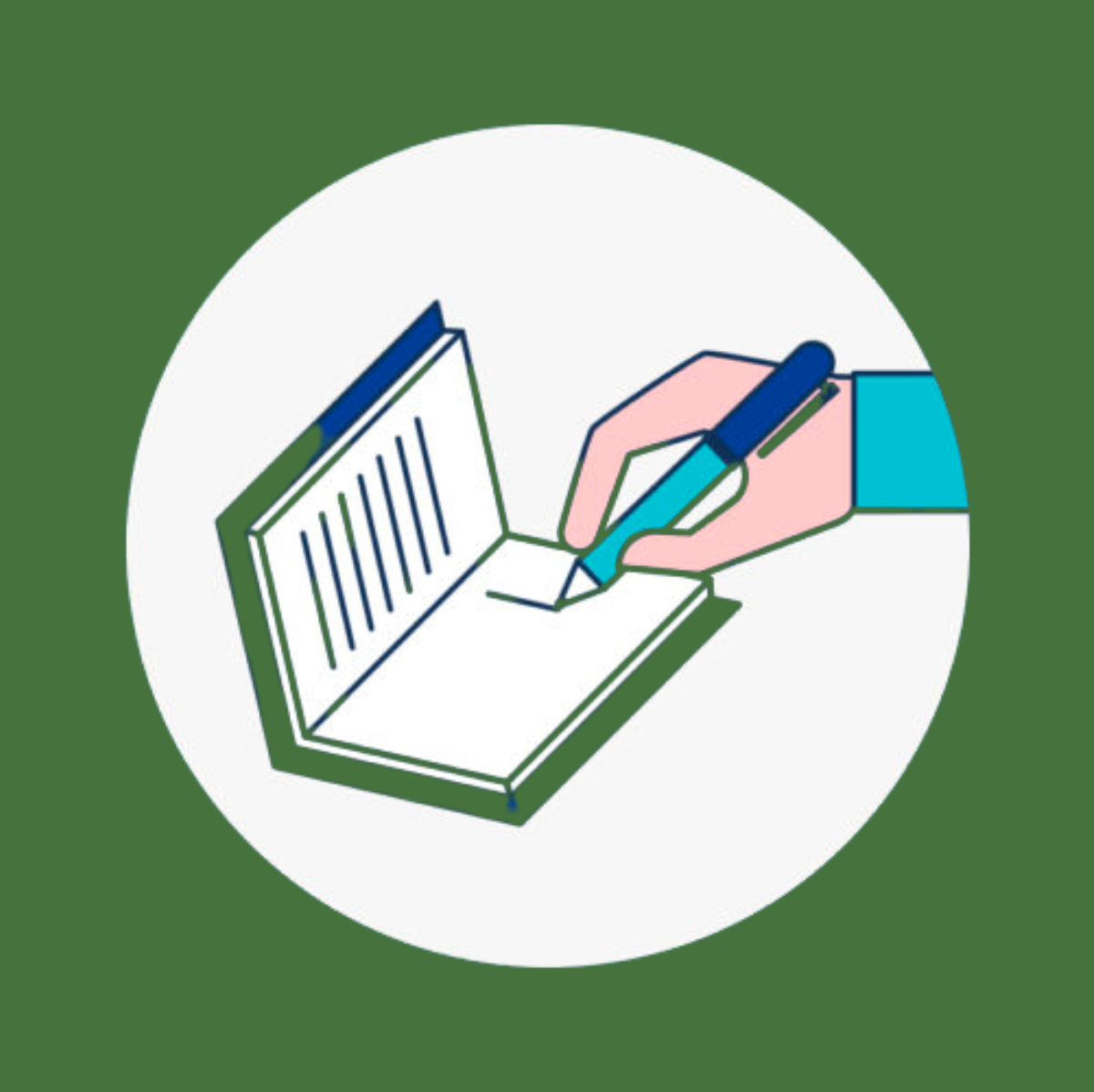
Blog posts
-
 Attending a roasting class at Rare Earth is a unique experience. You'll be working with freshly roasted beans, which makes a significant difference in flavor. It's an immersive experience that combines learning with sensory enjoyment.Read now
Attending a roasting class at Rare Earth is a unique experience. You'll be working with freshly roasted beans, which makes a significant difference in flavor. It's an immersive experience that combines learning with sensory enjoyment.Read now -

The Art of Coffee Tasting: Rare Earth Coffees Tasting Class, A Beginner's Guide.
Coffee tasting is an enriching experience that transforms how you perceive and enjoy coffee. Whether you're a casual drinker or an aspiring connoisseur, Rare Earth's coffee tasting class is a perfect starting point. Here, amidst the aroma of freshly roasted beans, you'll not only taste coffee but also immerse yourself in the culture and craft that makes each cup special. Embark on this flavorful journey and discover the art and science behind your favorite brew.Read now -

What You Need to Know About Home Coffee Brewing: 7 Must-Have Tools
Read nowWith these seven essential tools, you'll be well on your way to brewing exceptional coffee right in the comfort of your own home. Each tool plays a vital role in the journey from bean to cup, ensuring that every sip is as satisfying as the last.
Explore our selection of coffee beans and brewing tools at Rare Earth Coffee, and share your home brewing adventures with us on social media. We love seeing how our community brews their perfect cup.

The Ultimate (quick) Guide to Understanding Coffee Roasting
For coffee enthusiasts who want to roast their own beans, this ultimate guide to coffee roasting provides a comprehensive overview of the roasting process, including tips for achieving different roast levels and preserving the flavor of the beans.
- Introduction
Coffee roasting is the process of heating raw coffee beans to transform them into the aromatic and flavorful beans we all love. Roasting coffee at home has become increasingly popular in recent years, as more people look to explore different flavor profiles and achieve the perfect cup of coffee. Whether you're a beginner or a seasoned coffee roaster, this guide will help you learn the basics of coffee roasting and improve your skills.
- Choosing the Right Beans
Before you can start roasting your own coffee, you'll need to choose the right beans. Look for high-quality green coffee beans that are fresh, evenly colored, and free of defects. You can purchase green beans online or from local roasters, or even try growing your own coffee plants if you're feeling adventurous.
- Preparing the Beans
Once you've chosen your green coffee beans, it's time to prepare them for roasting. This involves removing any debris or foreign objects, as well as sorting the beans by size and density to ensure an even roast. You can do this by hand or by using a machine like a sieve or coffee bean separator.
- Understanding the Roasting Process
Coffee roasting involves several stages, each of which affects the final flavor and aroma of the beans. These stages include drying, browning, and development, with each stage requiring specific temperatures and timeframes to achieve the desired roast level.
- Roasting Equipment
To roast your own coffee, you'll need the right equipment. This can range from a simple stovetop popcorn popper to a more advanced drum roaster or air roaster. Each type of roaster has its own advantages and disadvantages, so it's important to choose one that fits your needs and budget.
- Roasting Techniques
There are several techniques you can use to roast your coffee, including drum roasting, air roasting, and pan roasting. Each method produces different flavors and aromas, so it's worth experimenting with different techniques to find the perfect roast for your taste buds.
- Cooling and Storage
After the beans have been roasted, it's crucial to cool them down quickly to stop the roasting process and prevent over-roasting. This can be achieved by pouring the beans onto a large tray or using a cooling tray with a built-in fan. Once the beans have cooled down, it's important to store them properly to maintain their freshness and flavor. Ideally, the beans should be stored in airtight containers in a cool, dry, and dark place. Avoid exposing the beans to sunlight or moisture, which can quickly degrade their quality.
- Air Roasting
Another popular method of coffee roasting is air roasting, also known as fluid bed roasting. This method uses hot air to roast the beans, which are suspended in a chamber and constantly agitated to prevent burning. Air roasting is often favored by home roasters because it's faster and produces more consistent results than traditional drum roasting. It also tends to produce a cleaner taste and brighter acidity, making it ideal for lighter roasts.
There are a few downsides to air roasting, however. First, it requires specialized equipment, such as an air roaster or popcorn maker, which can be expensive. Second, it doesn't allow for as much control over the roasting process as traditional drum roasting, which can be a drawback for more experienced roasters who want to fine-tune their roasts. Finally, some coffee enthusiasts to achieve the desired roast level, you will need to monitor the color and aroma of the beans closely. A lighter roast will be more acidic and retain more of the coffee's original flavors, while a darker roast will have a fuller body and a smokier taste. Once the beans have reached the desired roast level, they should be removed from the heat source and cooled as quickly as possible to prevent further roasting and lock in the flavor.
In recent years, a new roasting method has gained popularity among coffee enthusiasts: air roasting. Air roasting involves roasting the beans in a chamber with hot air, which circulates around the beans and evenly distributes the heat. The process results in a cleaner taste and eliminates any smoky flavors that can be present in traditional drum roasting.
One of the benefits of air roasting is that it is a more energy-efficient process, as it requires less heat than traditional drum roasting. Additionally, the even heat distribution allows for a more consistent roast, resulting in a more uniform flavor profile for the beans.
Overall, whether you choose traditional drum roasting or air roasting, the key to successful coffee roasting is to have a solid understanding of the process and a commitment to quality. With the right tools, knowledge, and patience, you can produce perfectly roasted coffee beans that are sure to impress even the most discerning coffee connoisseur.


Leave a comment